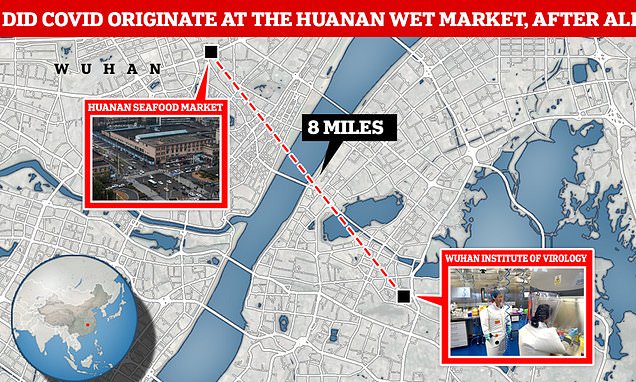Before Yuri Gargarin jetted into space and Neil Armstrong walked on the dusty surface of the moon, animals like dogs, monkeys and chimps became the world’s first astronauts.
As the Earth, the planet NASA’s programme was trying to blast away from, turned into the 1960s, the Americans switched to using chimps as the main part of their Mercury space project.
They settled on Ham, a chimp from Cameroon who was trained to operate and pull levers through the promise of treats and the punishment of electric shocks.
His successful space flight in 1961 proved that humans could operate and do basic tasks in space as he enjoyed over six minutes of being weightless.
A technical hitch meant Ham’s flight went a little further than intended, even if he still managed to perform “well during his flight”.
NASA explained: “The original flight plan called for an altitude of 115 miles and speeds ranging up to 4400 mph. However, due to technical problems, the spacecraft carrying Ham reached an altitude of 157 miles and a speed of 5857 mph and landed 422 miles downrange rather than the anticipated 290 miles.”


